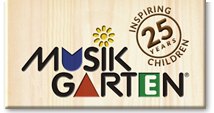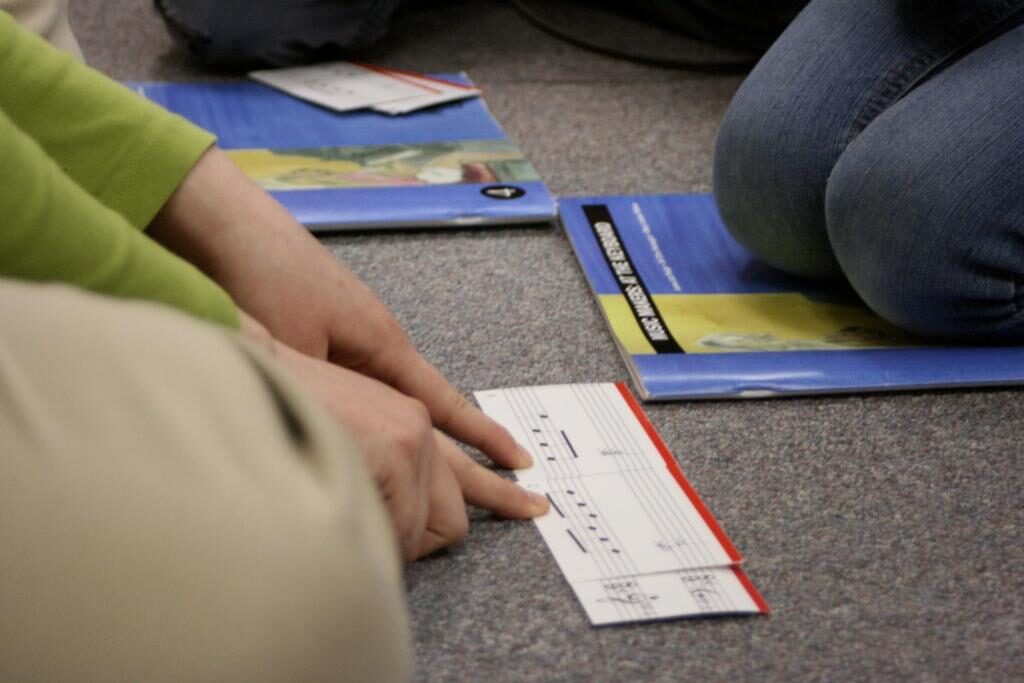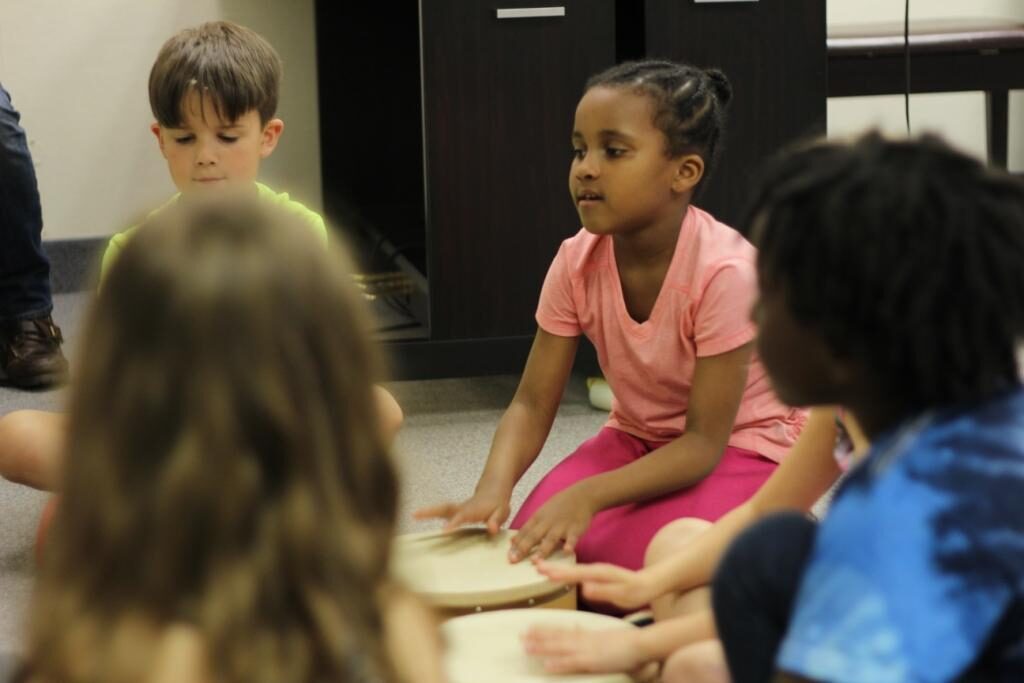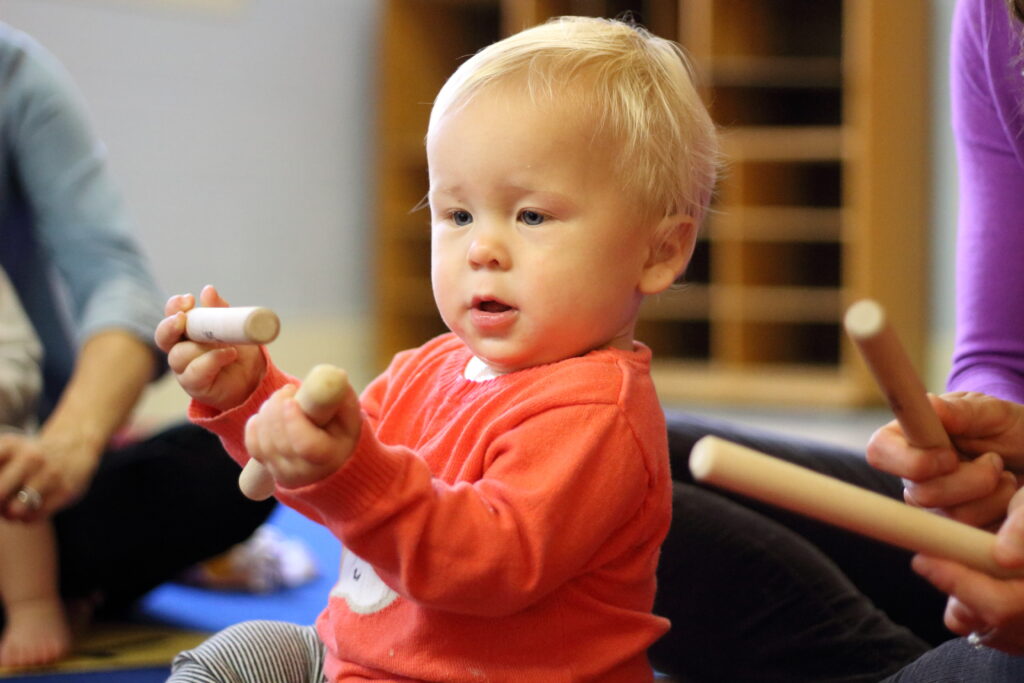As we bring this year
to a close, Musikgarten wants to thank all of our teachers who continue to
bring the best of early childhood music education to children and parents,
especially the Musikgarten Exemplary Programs for the 2019-2020 year.
Exemplary Awards are
given to teachers in recognition of long-standing commitment to the Musikgarten
philosophy and current offering of four or more levels of classes utilizing the
Musikgarten Music and Movement Series. Congratulations to each of the winners.
We appreciate your loyalty and support! (Note: These are in alphabetical
order.)
Angelic Voices – Angie Sawyer
Anja Scheidel’s Musikgarten Studio
Apple Tree Arts
Shelley Baird – Texas Amps and Axes
Boone’s Tunes of Delmarva: Susan Upton
Kathryn Brunner – Musik at Home, LLC
Community School of the Arts – Wheaton College – Wheaton, IL
Paula Craig
Betha’s Musik – Betha Christopher
Nan Croney – Croney Music Garden
Early Childhood Music School of Williamsburg United Methodist Church
East Dallas Children’s Music
Glenda Evans – Musikgarten with Glenda
Heidi Fields – Immanuel Valpo Musikgarten
Joy Galliford – South Florida Music
Gate City
Musikgarten
Ginger’s Music of Oklahoma City
Growing Musical Children
Jill Hannagan
Susan Holtzscher – The Studio Connection
Hunterdon Academy of the Arts
Nancy Spahr Huskey – Miami County Early Childhood Music
Jefferson City Music Academy and Helen Haynes
Ellen Johansen
Karen Haughey Music Studio
Shannon Kramer at Miss Shannon’s Music Studio
Nancy Kubo
Kuite Music Studio – Karen D. Kuite
Jill Lundberg – Music to Grow
Heather McEndree – Cumberland Valley School of Music
McMainly Music – Lana McMains
Bobbi Morgan
The Music
Factory
Music for Life Musikgarten Studio, Lynelle Vogel, Winona Lake and Nappanee, Indiana
The Music
Garden
Music Institute of Chicago
The Music School of
Delaware
Musikgarten Bellaire – Jill Vaughan, Director
Musikgarten of Guelph – Caroline MacDonald
Musikgarten of Lexington – Jennifer Tutt
Musikgarten of Oak
Park
Musik Kids Program Wyoming Fine Arts Center
Sarah Nishioka
Dennis and Carla Pratt
Sarah’s Music Studio – Sarah Grove-Humphries
Doris Sing, St. Andrew’s School of Fine Arts
Sonia’s Musikgarten – Sonia Markholm
Chelsea Spence-Crane, Tri-City MusikGarten
Judy Stoner – Glen Ellyn Family Music School
Union Colony Children’s Music
Academy
Carla Waterfield – Carla’s Musikgarten New Orleans
Julia J. White, MM, Director
Young Artists Music Studio









